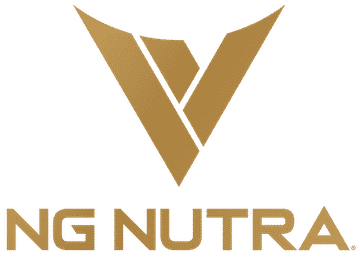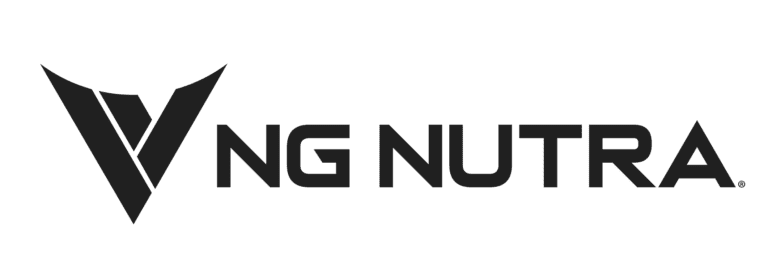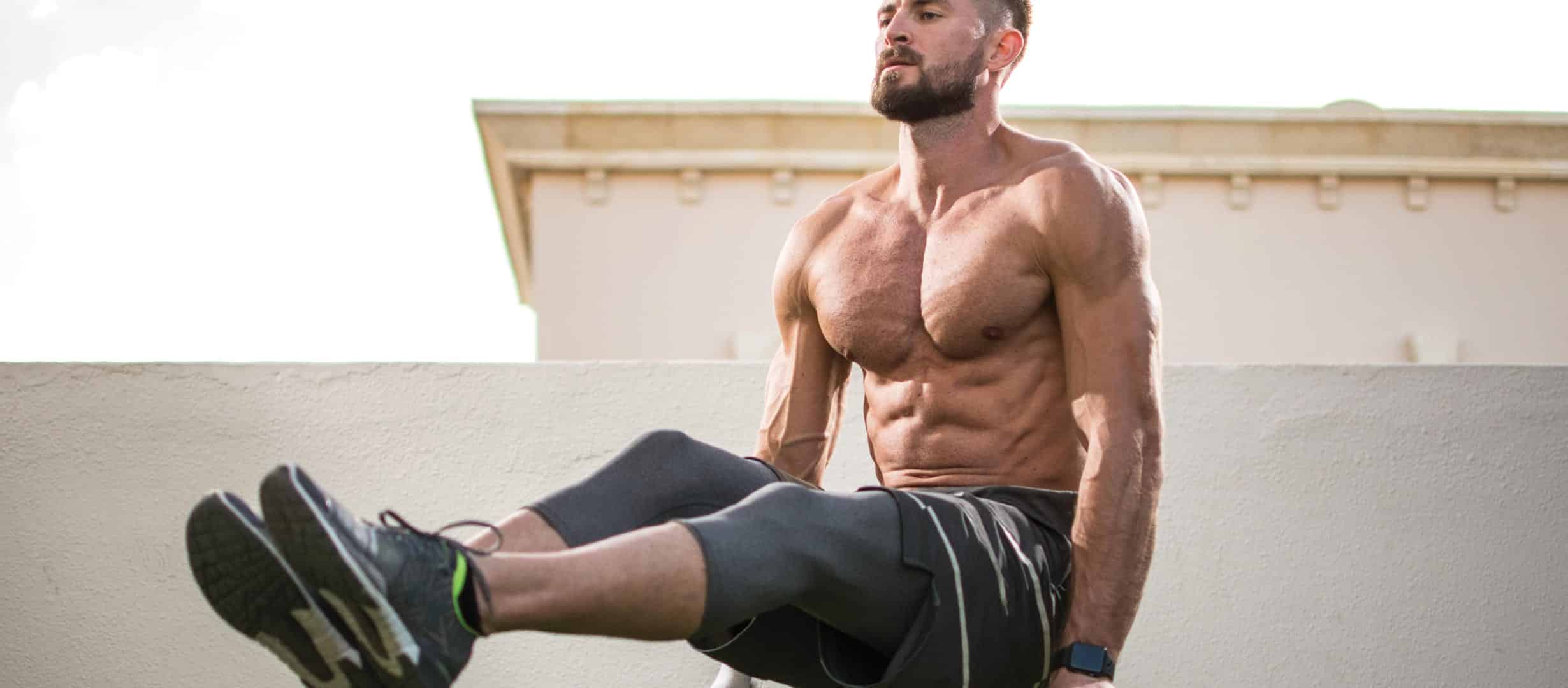Look in the mirror. Are you happy with the amount of muscle mass you have? Whether you want a few more pounds of lean muscle or you want to huge, there’s no denying that muscle makes the body.
One of the most frequently asked questions we get is, “How to gain muscle?”
More specifically, readers want to know the best workouts for building muscle. Let’s take a step back. Before we get into the exercises of muscle building, you need to know the numbers for muscle growth.
Let’s take a look at the benefits of building muscle mass, the sets and reps for muscle growth, and the best muscle-building exercises.
Why Is Muscle Mass Important?
A lean and muscular body is more than aesthetics; it can offer a variety of health benefits.Supports Weight Management
The more lean muscle tissue you have, the more calories you’ll burn while at rest. The number isn’t staggeringly high, but every little bit counts when it comes to burning excess calories and avoiding weight gain. [1]Improves Neuromuscular Communications
Do you remember how awkward your body felt during puberty? It’s like your upper body wanted to move one way, and your lower body another. Resistance training can help strengthen the neuromuscular connections throughout your entire body, ensuring your upper and lower body work together while avoiding that awkward disconnected feeling.Protects Your Organs
Muscle mass is an excellent protector for your vital organs. Boxers and MMA fighters are the best example of this: In order to protect their lungs and kidneys from strikes, they need to build up their core muscles.How to Gain Muscle: Sets and Reps for Muscle Growth
If your goal is to learn how to gain muscle, there are specific acute variables that you should follow. Examples of acute variables include sets, repetitions, intensity, and rest breaks. We’ll start by defining the acute variables for muscle growth then follow up with the best exercises. If you’re serious about building muscle, you need to create an actionable plan that ensures you reach your goal. Check out our article on how to create fitness goals and, most importantly, how to achieve them.Acute Variables for a Hypertrophy Workout
This is the bread and butter of your muscle-building workout. The following variables will tell you exactly how to gain muscle. How Many Exercises Per Workout? Use two to three exercises per major muscle group, and one to two exercises for each of the smaller muscle groups. Major muscle groups include your quadriceps, hamstrings, hip flexors, chest, back, shoulders, and core. Smaller muscle groups include your calves, biceps, forearms, and triceps. How Many Sets Per Exercise? Perform two to five sets of each exercise. How Many Repetitions Per Exercise? Perform 8 to 12 repetitions for each set. How Quickly Should You Lift the Weight? For each repetition, you should count out the following seconds as you lift and lower the weight:- 2 seconds to lift the weight (concentric phase)
- 0 seconds to pause at the top of the movement (isometric phase)
- 2 seconds to lower the weight (eccentric phase)
Best Exercises for Muscle Growth
Now that you know the ideal acute variables for building muscle, let’s talk about the best exercises to perform. When targeting the larger muscle groups, it’s important to select the exercises that give you the most bang for your buck. These will include exercises that activate several major muscles at the same time. Here’s a breakdown of the large muscle groups and the best exercises for each. Quadriceps:- Barbell back squat
- Bulgarian split squat
- Jump squat
- Deadlifts
- Romanian deadlifts
- Jumping lunges
- Bridge
- Kettlebell swing
- Barbell bench press
- Cable crossover
- Incline dumbbell press
- Wide grip pull-ups
- Barbell rows
- Reverse fly
- Military press
- Clean and press
- Lateral raises
- Plank
- Toes to bar
- Russian twist
- V-up
- Seated calf raise
- Seated calf press
- Jump rope
- Hammer curls
- Reverse grip curls
- Chin-ups
- Wrist curls
- Farmer’s walk
- Deadhang
- Skull crushers
- Overhead extensions
- Kickbacks
Muscle-Building Workout
Let’s put it all together. You can create full-body workouts or split body workouts, depending on your experience and preference. Here are two muscle-building workouts based on what you learned above.Full-Body Workout for Muscle Growth
Perform this workout three times per week with one day of rest in between each workout.- Barbell back squats: 3 sets of 8 – 12 repetitions
- Romanian deadlifts: 3 x 8-12
- Barbell chest press: 3 x 8-12
- Wide-grip pull-ups: 3 x 8-12
- Lateral raises: 3 x 8-12
- Toes to bar: 3 x 15-20
Upper-Lower Workout for Muscle Size
Alternate between workouts three times per week. During the first week, you’ll perform Workout A on Monday, Workout B on Wednesday, and Workout A on Friday. During the second week, you’ll reverse the workout order: B-A-B. On week three, back to the format of A-B-A. Workout A- Deadlifts: 3 sets of 8 – 12 repetitions
- Bulgarian split squat: 3 x 8-12
- Jumping lunges: 3 x 8-12
- Bridge: 3 x 8-12
- Calf raise: 3 x 15-20
- Barbell rows: 3 sets of 8 – 12 repetitions
- Cable crossover: 3 x 8-12
- Wide-grip pull-ups: 3 x 8-12
- Lateral raises: 3 x 8-12
- Hammer curls: 3 x 8-12
- V-ups: 3 x 15-20
Improve Your Recovery with a Post-Workout Drink
Don’t sacrifice your hard work and potential muscle mass by not getting the proper nutrients after a workout. Post-workout supplements are designed to help prevent muscle breakdown and lower inflammation. If you want to try an elite-level post-workout supplement that gets into your muscles faster than protein, it’s time to get your hands on MR46 – Muscle Recovery. Containing only scientifically proven ingredients for recovery and hydration, MR46 can help your muscles recover faster.References
- Willoughby D, Hewlings S, Kalman D. Body Composition Changes in Weight Loss: Strategies and Supplementation for Maintaining Lean Body Mass, a Brief Review. Nutrients. 2018;10(12):1876. Published 2018 Dec 3. doi:10.3390/nu10121876.
- Clark, M.A., Lucett, S.C., Sutton, B.G. (2012). NASM Essentials of Personal Fitness Training. Baltimore, MD: Lippincott Williams & Wilkins.
- American College of Sports Medicine. American College of Sports Medicine position stand. Progression models in resistance training for healthy adults. Med Sci Sports Exerc. 2009 Mar;41(3):687-708.






